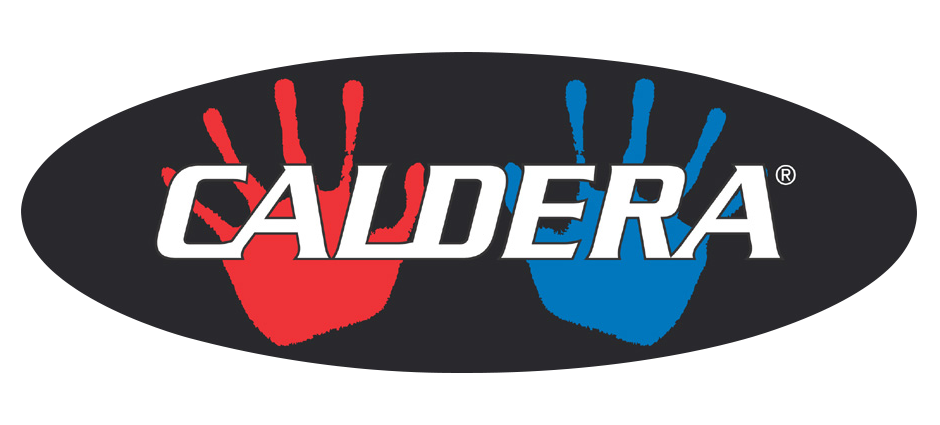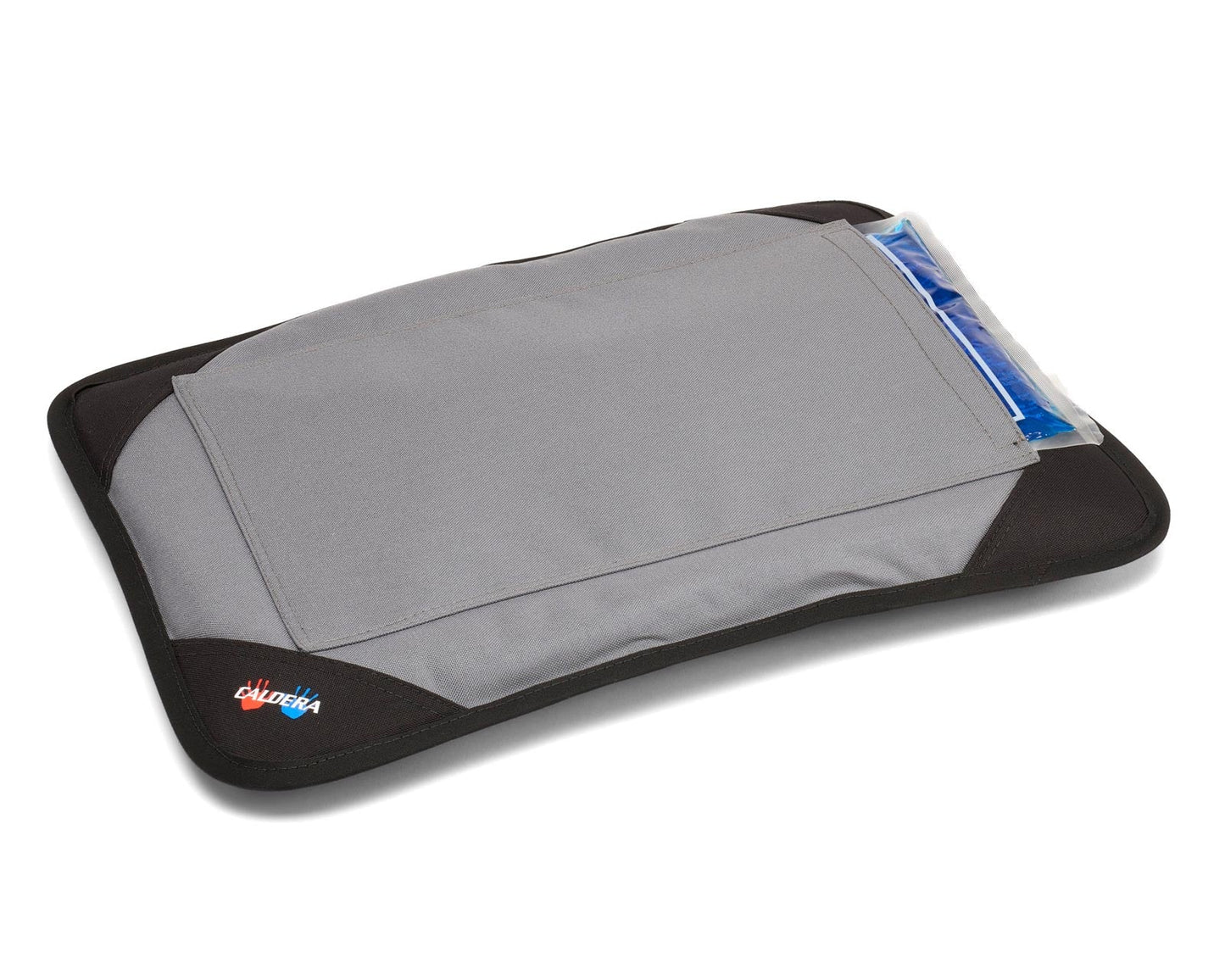Injuries, minor or major, are never easy to deal with and when it comes to treating them it's easy to be confused. Many don’t fully understand how to treat them, whether to use a hot or cold gel pack for that painful injury you got, using the wrong method can cause delays in the recovery period. Hot and cold treatment is the go-to method for everyone.

Whether you have banged your head, pulled your muscles, have low back pain, and even arthritis, different injuries require different types of therapies despite the simplicity of heat and cold therapies. Nobody likes to apply hot and cold to their injuries, even though these have been popular forms to recover from pain and inflammation. Therapy hot and cold packs are easy to use and provide a variety of healing properties. Caldera’s therapy gel packs are designed for both heat and cold therapy and these offer a great alternative to the old fashioned hot water bottles used earlier. So if you don’t have a therapy gel pack, consider adding them in your first aid kit.
How Does it Help?
The usage of heat and cold therapy is one of the most effective methods when the treatment is combined with rest. Remember to always use after reading and following the directions to ensure safe use and quicker healing. If used in a decent manner after reading the instructions, following an injury or when beginning an exercise program, hot and cold packs can be used to reduce pain, inflammation, assist with tissue healing, increasing flexibility, and controlling swelling as well. If the therapy is used incorrectly, it can lead to tissue damage as well as worsening the injury and even slow recovery times. It is also necessary to note that after applying a hot and cold gel pack you should be cautious when engaging in activities, as it can affect muscle and nerve performance as well as your ability to perceive pain or determine your normal limits, that is it can cause sensory damage.
One of the main reasons why people turn to therapy gels packs is that they provide pain relief and reduce inflammation. As a general rule of thumb, cold therapy is used to reduce inflammation and swelling. Heat therapy helps to relieve pain or chronic injuries.
Cold Therapy for Inflammation- How to Use and When to Use?
The most common cooling agents include the usage of therapy gel packs, instant cold packs, using ice cubes with barriers, ice baths, prepping ice packs using crushed ice, and whatnot. It is commonly used for acute injuries. Acute injury in the sense that if you have had a recent injury within the last 48 hours, where your main concern is swelling and inflammation, cold therapy is your way to go. As ice or cold therapy has the tendency to help minimize swelling around the injury, reduce the bleeding as well as reduce muscle spasm and pain.
Why is cold applied? What happens when cold therapy is done on the injury? When cold therapy is applied to the affected area, the tenderness, warmth, and swelling around the skin are decreased as it induces a numbing effect which causes blood vessels to narrow down while decreasing blood flow. Cold treatment reduces blood flow to an injured area. This slows the rate of inflammation and reduces the risk of swelling and tissue damage. It also numbs sore tissues, acting as a local anesthetic, and slows down the pain messages being transmitted to the brain.
It is recommended to apply a cold therapy pack within the first 24-48 hours of the acute stage when the injury occurs or to prevent any tissue damage. It can also be applied after 48 hours if inflammation persists. Moreover, physicians also recommend it to be used after an exercise program to prevent or reduce pain or swelling after the workout. These can also be used for some of the chronic conditions as well, such as overuse injuries in athletes. As mentioned earlier, in this case, cold therapy or instant cold packs can be applied after activity to help control inflammation.
When to Not Use Cold Therapy?
There are certain cases where heat should not be applied. People who have sensory disorders should not use cold therapy or consult their doctors before using it at home as this condition prevents them from feeling certain sensations and they may not be aware of the damage is done. People who have heart conditions should not be using ice packs on or near their left shoulder and around the front or side of the neck. Patients with diabetes or people with poor circulation should not be using cold therapy.
Never place the therapy pack directly on an injury, there should be a protective layer between your injury and therapy pack.
Heat therapy- How and When to Use it?
Heat therapy is often used in chronic phases of an injury to decrease muscle tension and increase flexibility and decrease muscle tension. These can be used as a number of options, such as electric pads, hot water bottles, and one of the most convenient gel packs. Using heat packs can help deliver the needed nutrients and oxygen to cells in the area being heated and promoting healing.
In most cases, when the injury is old or when it has crossed the acute phase of it and the swelling and inflammation have subsided, heat therapy is used. It should be only applied for 15 to 20 minutes and if you can see any abnormal changes in the skin color you can stop the treatment since it can increase the likelihood of burns.
When Not to Use Heat Therapy?
When it comes to heat therapy, there are certain cases where heat therapy should not be used. For instance, people with certain pre-existing conditions like diabetes, dermatitis, vascular diseases, dermatitis, then heat therapy should not be used due to a higher risk of burns or even the complications that it can cause to the skin due to heat application. Or if you have just injured yourself and got an open wound, heat therapy should not be applied. And if the area in question is either bruised or swollen, it is better to use cold therapy.

